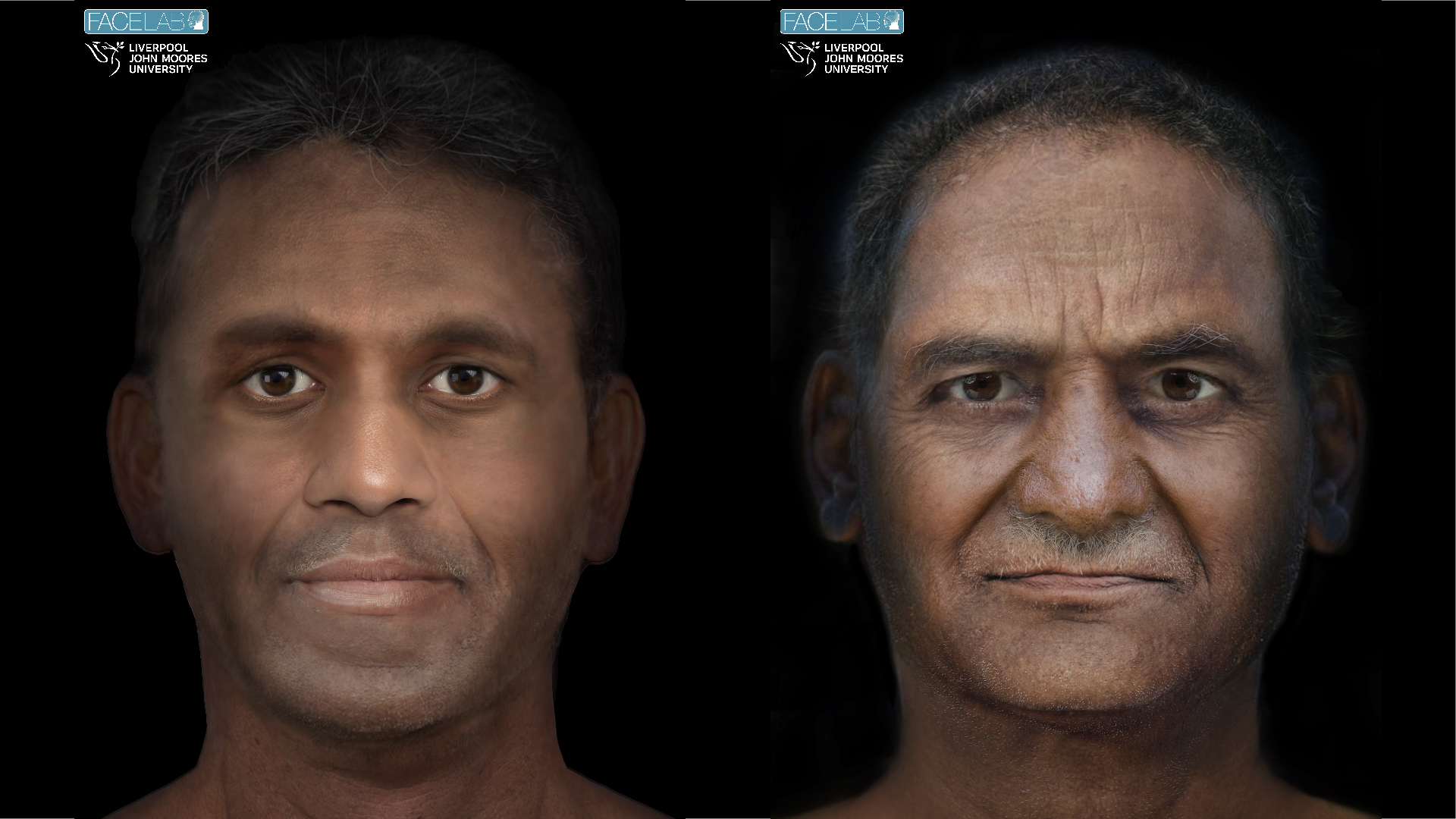
Contrary to Belief, Not Everyone Will Blindly Follow Orders (Op-Ed)

David Funder, a psychology professor at the University of California, Riverside, is president of the Society for Personality and Social Psychology. He contributed this article to LiveScience's Expert Voices: Op-Ed & Insights.
Would you obey commands to shock an innocent person to death? Would almost anybody? For years, many people, including some psychologists, have taken the answers to these questions to be "yes," based on experiments conducted by the late Stanley Milgram during the 1960s.
But even though most psychologists now know better, misunderstandings persist about what Milgram's studies really said about human obedience and the power of the situation — and that needs to change.
The studies, conducted at Yale University, are the most famous in the history of social psychology. Subjects were ordered to give apparently harmful — perhaps even fatal — electric shocks to an innocent victim (who was, fortunately, an unharmed research assistant). A surprising number of ordinary people followed orders to the hilt. The conclusion was drawn that people give in easily to authoritarian demands. Human nature is weak. Anybody could be a Nazi, if ordered to be so.
But not so fast. A new book by the Australian writer Gina Perry attacks Milgram for overstating his case and misleading us about the weakness of human nature.
Popular accounts — and even textbook summaries — of the Milgram study often make two points. First: Anybody, or almost anybody, would obey orders to harm an innocent victim if the orders came from someone in an apparent position of authority. Second: The "power of the situation" overwhelms the "power of the person;" the experimenter's orders were so strong that they overwhelmed the influence of personality and individual differences. Both of these points are, indeed, dead wrong. However, they aren't Milgram's fault. [Gov't Shutdown Science: Why Human Nature Is to Blame ]
Consider each point, and what Milgram said — or didn't say — about it.
Get the world’s most fascinating discoveries delivered straight to your inbox.
Anybody, or almost anybody, would obey orders to harm an innocent victim
Why this is wrong
Because empirically it is wrong. Milgram ran many variations on his basic procedure and reported the data in full in his 1974 book. Across 18 experimental conditions, compliance ranged from 93 percent, when the participant did not have to directly administer shocks, to 0 percent, when two authorities gave contradictory orders, when the experimenter was the victim, and when the victim demanded to be shocked.

In the two most famous conditions, when the experimenter was present in the same room and the victim could be heard but not seen next door, the obedience rates were 63 percent (when the setting was Yale) and 48 percent (when the setting was a run-down office building). Across all conditions, the average rate of compliance was 37.5 percent. This rate is surprising, and high enough to be troubling. But it is far from everybody, or almost everybody. Disobedience, even in the Milgram study, was a common occurrence.
Why the mistake isn't Milgram's fault
The criticism that he misleadingly made people think that "anybody could be a Nazi" is unfair for a couple of reasons. One reason is that he very clearly laid out the data from all of his experimental conditions in his definitive book, which allowed the calculations summarized above. Milgram hid nothing.
The second reason I don't blame Milgram is that I had the opportunity to see him in person, just once, in about 1980. Milgram noted that his own famous movie about his research — a black and white classic still shown in many introductory psychology classes — begins with a subject who disobeys the experimenter. Milgram said he did that on purpose. He feared that the message of his research would be taken to be that disobedience is impossible. He wanted to counter that at the outset, he said, by showing just how it's done: Keep saying no.
In the film, you see the balding, middle-aged, white-guy subject become increasingly disturbed as the victim's complaints escalate. When he resists continuing to administer shocks, the experimenter says "you have no other choice, teacher, you must continue." It is a truly thrilling cinematic moment when the subject crosses his arms, leans back, and replies, "oh, I have a lot of choice."
Milgram's study shows that the power of the situation overwhelms the power of the person
Why this is wrong
Years ago, the social psychologist Lee Ross wrote about the complications in distinguishing "situational" from "dispositional" (or personal) causation. He pointed out that to say "he ate it because it was chocolate" sounds like the behavior was caused by the situation, but is precisely equivalent to saying "he ate it because he can't resist chocolate," which sounds like it was caused by a personal disposition. The way out of this dilemma, Ross pointed out — in a resolution that has been widely accepted by researchers ever since — is that situational causation can be attributed only when everybody, or almost everybody, in a situation does the same thing.
Dispositional causation occurs when people differ in their responses to the same situation. So if a response is made by 0 percent or 100 percent of the people in a situation (or close to these numbers), then you can fairly say the situation was the cause. As this number gets closer to 50 percent, you have to attribute some causal power to personal, individual differences. Recall again the overall obedience number across all the conditions of the Milgram studies, 37.5 percent. Even in the famous victim-in-the-next-room-at-Yale condition, the obedience rate of 63 percent is much closer to 50 than to 100.
Why the mistake isn't Milgram's fault
Milgram noted the individual variation in his subjects' responses and said that it was important to find out their basis. His book and movie also both pointed out what was really going on in his experiment: The competition was not between "situational" and "dispositional" forces, but between two situational forces: first, the power of the experimenter to make the subject obey, and second, the power of the "victim's" pleas to make the subject stop. Milgram described their competing demands as "fields of force," noting that his experiments showed that as you got closer to the experimenter, you were more likely to respond to his demands to obey, and as you got closer to the victim, you were more likely to respond to his demands to break off.
Obedience competes with compassion, then, and it's almost a fair fight. Human nature is vulnerable to evil, but Milgram's research teaches that one trick for resisting it is to be aware of and stay close to the victim. Also, just keep saying "no."
Funder's most recent Op-Ed was "Does 'Failure to Replicate' Mean Failed Science?" The views expressed are those of the author and do not necessarily reflect the views of the publisher. This version of the article was originally published on LiveScience.
